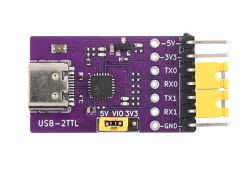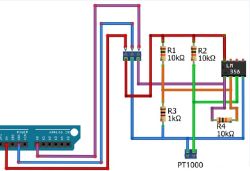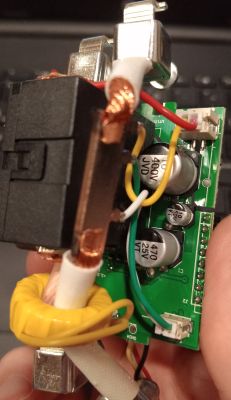Thank you all for your responses.
p.kaczmarek2 wrote: Have you tried all 3 options for dinput - pullup, pulldown and no pull up?
I've tried pullup and no pull up. I can't find anything in the OBK Pin Settings that references pulldown, but I might be looking in the wrong place?
It's worth noting that I also tried ESPHome on this device, and that firmware had the same issue with the motion sensor. I did try the "pulldown" option in ESPHome, though there's
a GitHub issue that says ESPHome's pullup/pulldown options may not work on WB3S.
p.kaczmarek2 wrote:
I have not, but my understanding from the dumped JSON config is that 1000hz PWM is correct. That is based on these keys:
p.kaczmarek2 wrote: I think we can safely assume that the device was working correctly with Tuya. Then it means there is a difference on our side
Unfortunately I did not really test Tuya functionality on the device before flashing it. I have received a second Amico Floodlight from the manufacturer, and I am testing Tuya on it now. If it doesn't have the same problem, I will flash it and test and we will know for sure.
Sunnysky wrote: If the PIR is malfunctioning due to interference, the only remedy is to remove the real noise.
Unfortunately I am not very familiar with identifying and mitigating interference - do you have any practical suggestions on things I might want to check or things that could be causing interference? The device is outside under an overhang, not near any other electronics; it is on a GFCI circuit that has very few other devices on it, all of which are off 90+% of the time. And again I'll note that I'm also working on determining if the device is defective (which perhaps would be the easiest solution, haha).





